
An Earth Day Eve of Solidarity
By Mansha Kapur and Arunika Bhatia
In recognition of Earth Day, a coalition of local environmental and community organizations hosted Looking Back & Building Forward: An Environmental Justice Listening Session on Friday, April 21st. The community event, held at the Curtis Bay Recreation Center in South Baltimore, created a space for community members, activist and academic allies, and government representatives alike to engage in productive dialogue on community health, safety, and sustainability.
The evening also marked the public launch of Pollution is No Accident in Curtis Bay, a video revealing a century of chronic industrial hazards afflicting the community. Researched, drafted, and produced through a collaboration between community organizers, media professionals, and local university students, the video gives a glimpse into the environmental injustices by residents of Curtis Bay over the last century, concluding with actionable steps and calls to action for a just transition in South Baltimore. Watch the full video here, and we encourage you to share it within your community to spread the message, in solidarity with the residents of Curtis Bay.
The video seeks to reveal a decades-long pattern of insidious events that took place mere blocks from the thresholds of neighborhood homes, one that refuses to be ignored. Over the last year, students in the Environmental Justice Workshop – a practicum co-taught by community organizer Shashawnda Campbell (South Baltimore Community Land Trust) and anthropologist Anand Pandian (Johns Hopkins University) – have been studying the insidious history of industrial violence in Curtis Bay. The class visited both active and decommissioned industrial facilities, spoke with community members, and studied the legacy of resistance against big polluters and the movement to design a just, sustainable future for Baltimore. Inspired by Shashawnda’s testimony at the public hearing following a CSX coal pier explosion in December 2021, students performed exhaustive archival research over a timeline spanning the 1920s to recent events, gathering evidence of systematic negligence and exploitation. This was ultimately packaged into a powerful visual medium by local filmmaker and producer Krishnan Vasudevan (University of Maryland), featuring the voices of students, organizers, and community members themselves.
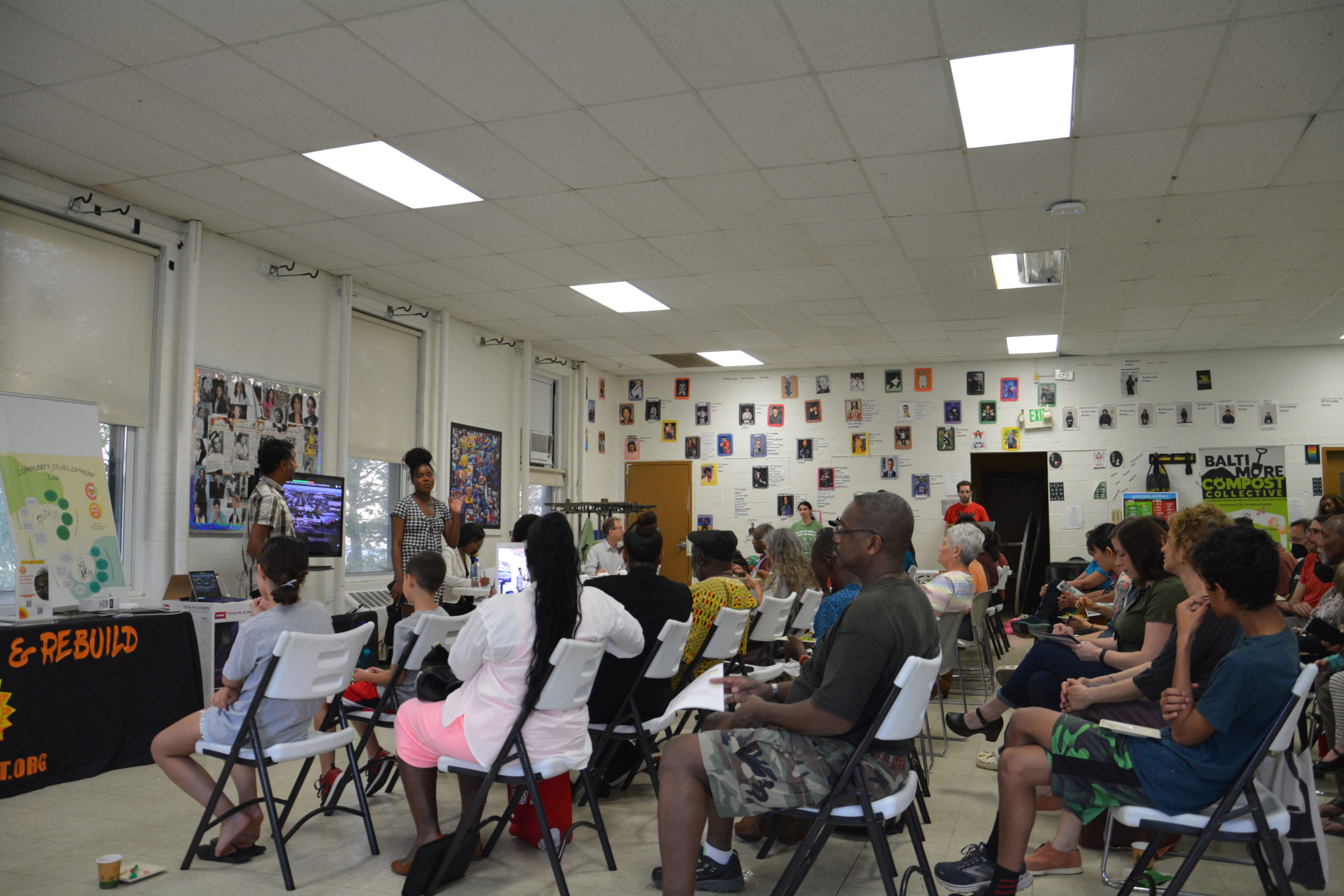
A listening and discussion session followed, with panelists from the Maryland Department of the Environment (MDE) that included the state’s top environmental regulator: new MDE Secretary Serena Mcllwain. Residents and community allies rose to articulate their experiences, with a collective demand for greater accountability, stronger action, and support for citizen science and testimony. The room reverberated with echoes of support and assent across the audience as residents shared their stories, describing the harrowing experience of the CSX pier explosion, closing their windows to the breeze that carries coal dust in its wake. With only time to tell how MDE would respond to the calls to action that punctuated these testimonies, the session was steered to the final element of a transformative evening: an opportunity to translate the powerful energy in the room towards community-driven actions and solutions.
Later, attendees interacted with booths set up by organizations working in diverse capacities to mitigate and transition away from the destructive history of Curtis Bay, including SBCLT, the Baltimore Compost Collective, Free Your Voice, Speak Out Now, the EDC, and students from the Environmental Justice Workshop. The students’ booths offered visitors the chance to learn about and contribute to new projects currently underway: envisioning the construction of a community environmental justice center in Curtis Bay, protecting a local greenspace from industrial encroachment, and reimagining the CSX coal pile as a shipping hub for alternative resources.
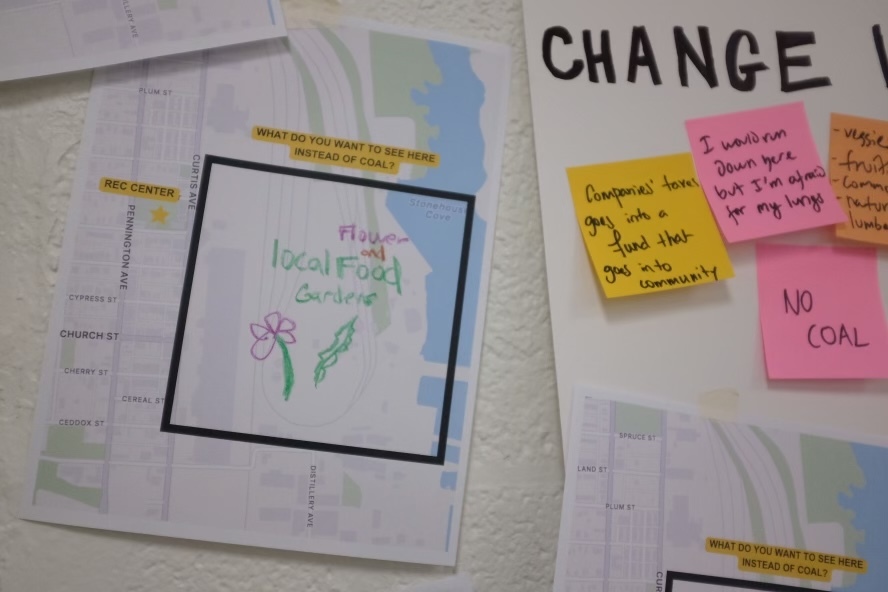
By collectively envisioning a future in which residents of South Baltimore are empowered as stewards of greener and safer communities, those present last evening formed part of a larger, symbolic movement to redefine legacies of past harm. Together, residents and allies of South Baltimore communities, through persistent action, critical dialogue, and willful engagement, are manifesting an environmentally just future.
About the Authors
Mansha Kapur (she/her) is a student in the Environmental Justice Workshop with a penchant for creative arts and an intrinsic drive to pursue radical and transformative solutions that promote ethical, equitable, and sustainable futures. Some of her primary interests include conservation, sustainable urban design, animal rights, and global food systems reform. She is soon to complete her undergraduate degree in Physics, Molecular and Cellular Biology, and Mathematics as a senior at Johns Hopkins University.
Arunika Bhatia (they/them) is also a student in the Environmental Justice Workshop and a graduate student in the Environmental Health & Engineering department at JHU. Coming from a background in product stewardship and toxicology, they are interested in working towards remediation and repair in the aftermath of decades of environmental racism and mismanagement of hazardous waste.


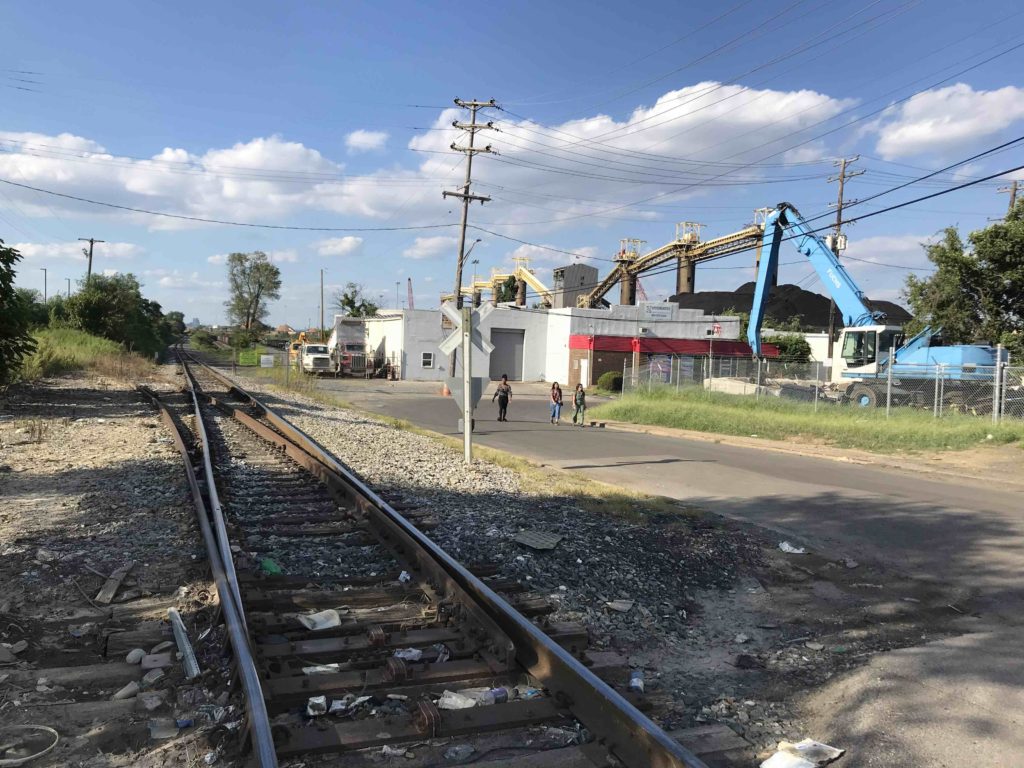
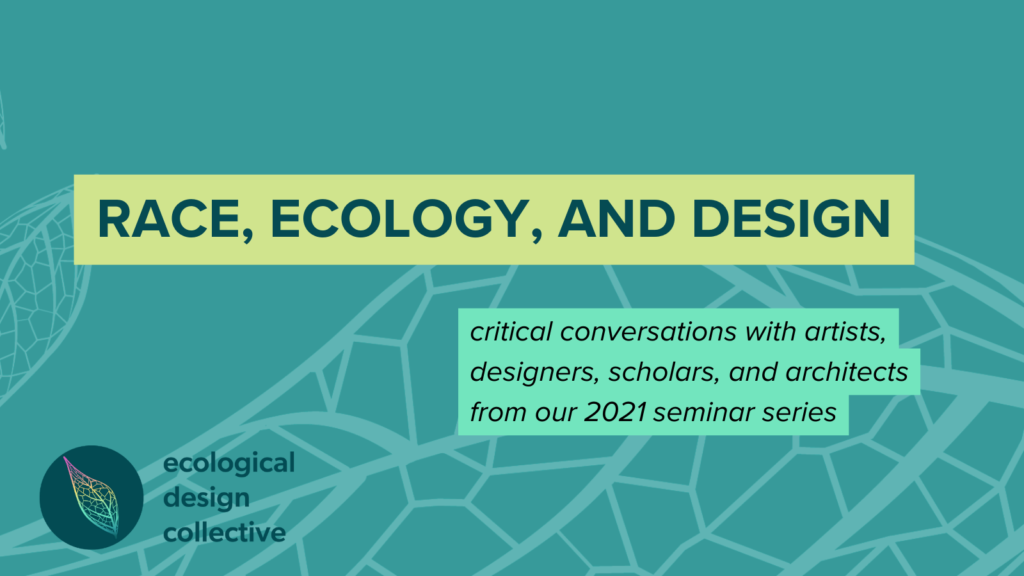

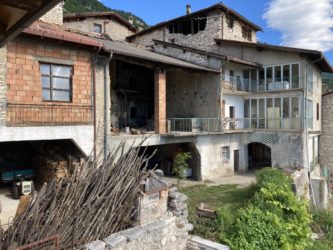
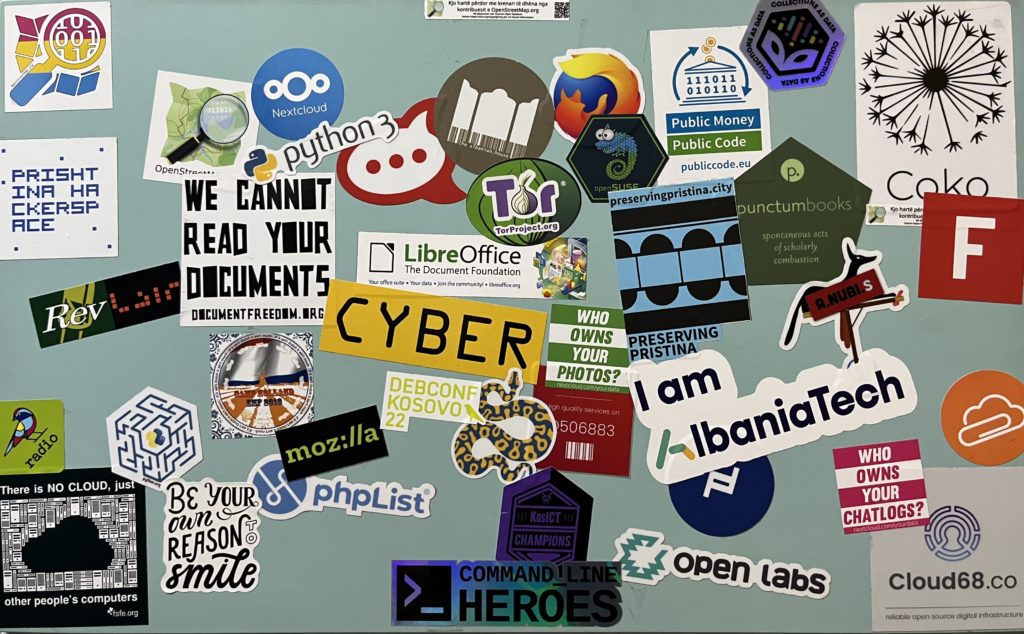
Responses